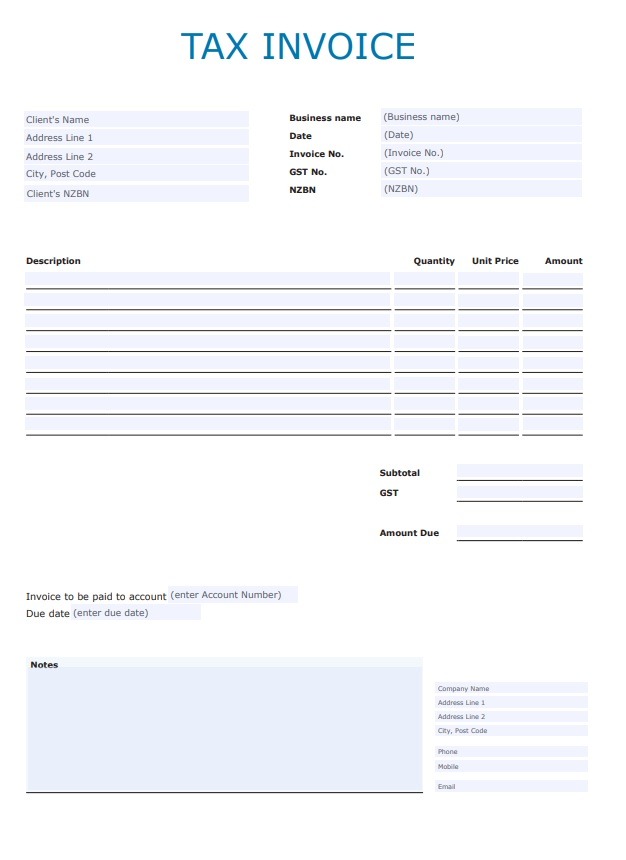
Now, you can go back into Advanced Properties again and add the rest of the fields. When you click OK, update our highlighted text with the field (and the field value) you defined. Click on DocProperty under Field names in the pop-up window, and click on Recipient (or whatever you named the field) under Property.

In the Word menu, click on the Insert menu, click the Quick Parts dropdown, and select Fields. In your document, you can highlight the name “John” in your original letter. In this pop-up, you can add the recipient field by name. To set up those custom fields, go into the Info menu in Word, and on the right side of the screen, click on the dropdown arrow next to Properties > Advanced Properties. So, in this example, you’ll want to create three custom fields the recipient’s name, the number of jobs, and the company’s name.

You can write a letter once and then identify the areas of the letter you want to make customizable. The first thing to do is decide what kind of document you’re going to create and what words or phrases you’re making customizable.įor example, let’s say you want to create a letter to send quotes to your clients. Using custom fields in Microsoft Word is a lot easier than you might expect. Taking this approach could save you hours of effort because you won’t have to recreate documents repeatedly. You can use them to create a survey or a data-collection form that you can reuse regardless of the information you need to collect. You could create a form letter with custom fields you can use to tailor it for whoever you’re sending it to. There are a lot of ways you can use custom fields.

Doing this lets you streamline your processes, making you a very efficient worker or student. Custom fields let you build a generic document that you can reuse for other purposes.


 0 kommentar(er)
0 kommentar(er)
